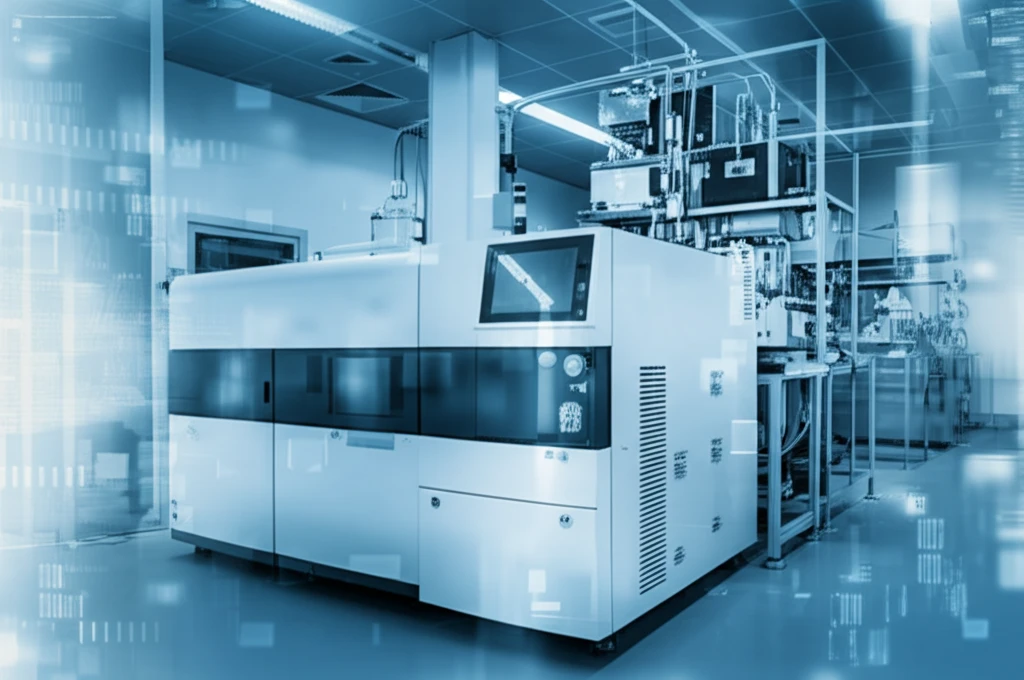
Nilotinib: Ensuring Quality with Advanced Testing Methods
"A Deep Dive into HPLC for Drug Quality and Stability"
In the world of pharmaceuticals, maintaining the highest standards of drug quality and safety is essential. For medications like nilotinib, used in treating chronic myelogenous leukemia (CML), ensuring consistent quality is not just a regulatory requirement but a matter of patient well-being. This is where advanced analytical methods like High-Performance Liquid Chromatography (HPLC) come into play.
Nilotinib, a second-generation tyrosine kinase inhibitor, has significantly improved the treatment of CML. However, like all drugs, nilotinib is subject to strict quality control to ensure it is pure, potent, and stable throughout its shelf life. Impurities or degradation products can affect the drug's safety and efficacy, making robust testing methods crucial.
This article explores the development and validation of a stability-indicating HPLC method for nilotinib. We'll break down what HPLC is, why it's important for testing drugs, and how it helps ensure that each dose of nilotinib meets the required standards of quality and safety. Whether you're a healthcare professional, a patient, or simply interested in pharmaceutical science, this article will provide a clear and accessible overview of this critical testing process.
HPLC: The Gold Standard for Drug Quality Testing

High-Performance Liquid Chromatography (HPLC) is a powerful analytical technique used to separate, identify, and quantify different components in a mixture. In the context of drug testing, HPLC is used to determine the amount of nilotinib in a sample, as well as to detect and measure any impurities or degradation products that may be present. It's like a sophisticated detective, capable of identifying even trace amounts of unwanted substances.
- Sample Preparation: The nilotinib sample is dissolved in a liquid solvent.
- Injection: The liquid sample is injected into the HPLC instrument.
- Separation: The sample is pushed through a column packed with a solid material (stationary phase) by a liquid solvent (mobile phase). Different components of the sample interact differently with the stationary phase, causing them to separate.
- Detection: As the separated components exit the column, they pass through a detector, which measures their concentration.
- Analysis: The data from the detector is used to create a chromatogram, a visual representation of the different components in the sample. This chromatogram allows scientists to identify and quantify each component, ensuring the drug meets quality standards.
The Future of Drug Quality: Advanced Testing for Patient Safety
The development and validation of stability-indicating HPLC methods, such as the one described for nilotinib, represent a significant advancement in pharmaceutical quality control. These methods provide a robust and reliable means of ensuring drug purity, potency, and stability. As technology continues to evolve, we can expect even more sophisticated testing methods to emerge, further safeguarding patient health and improving treatment outcomes. By staying informed about these advancements, healthcare professionals and patients can have greater confidence in the medications they use.
